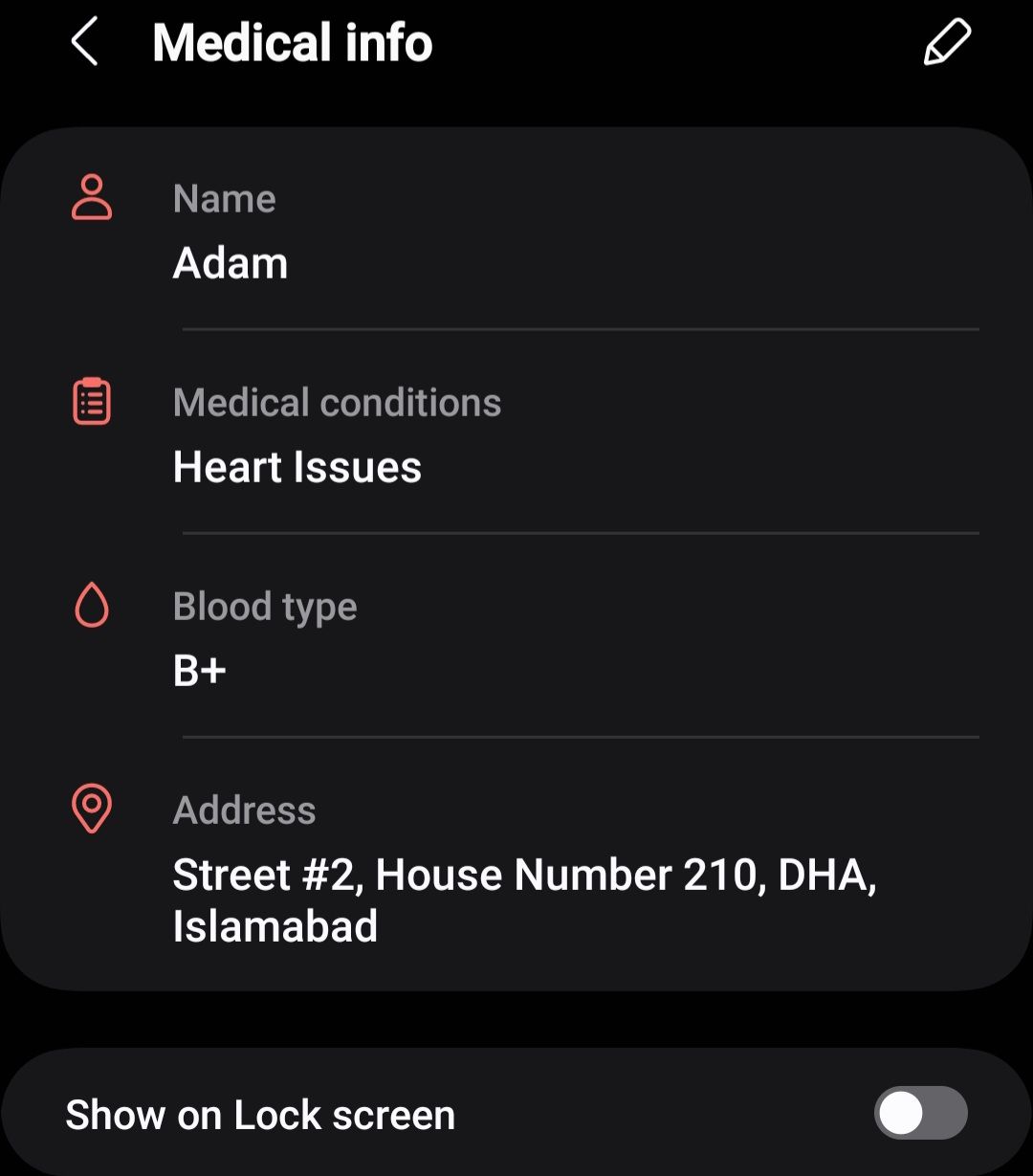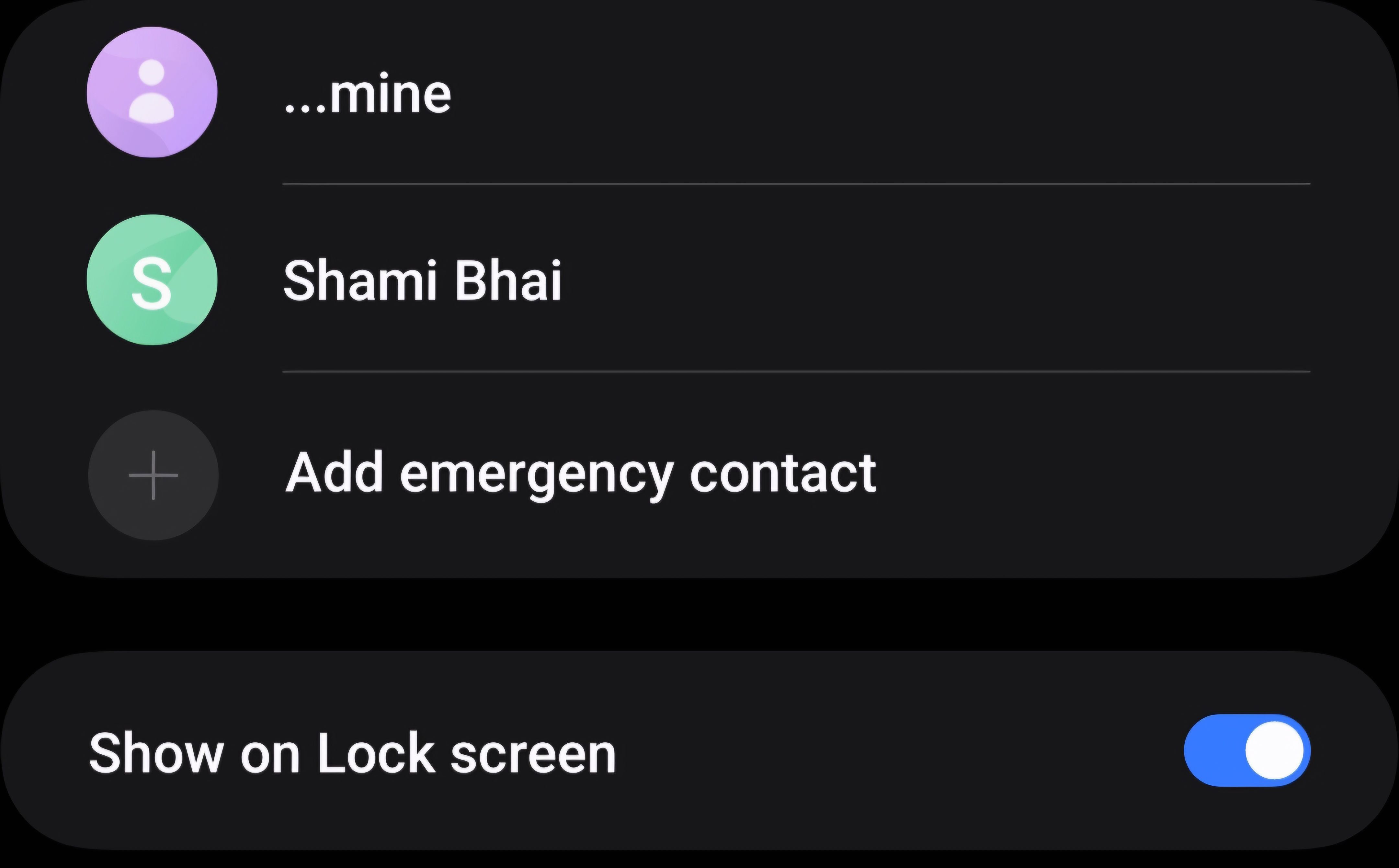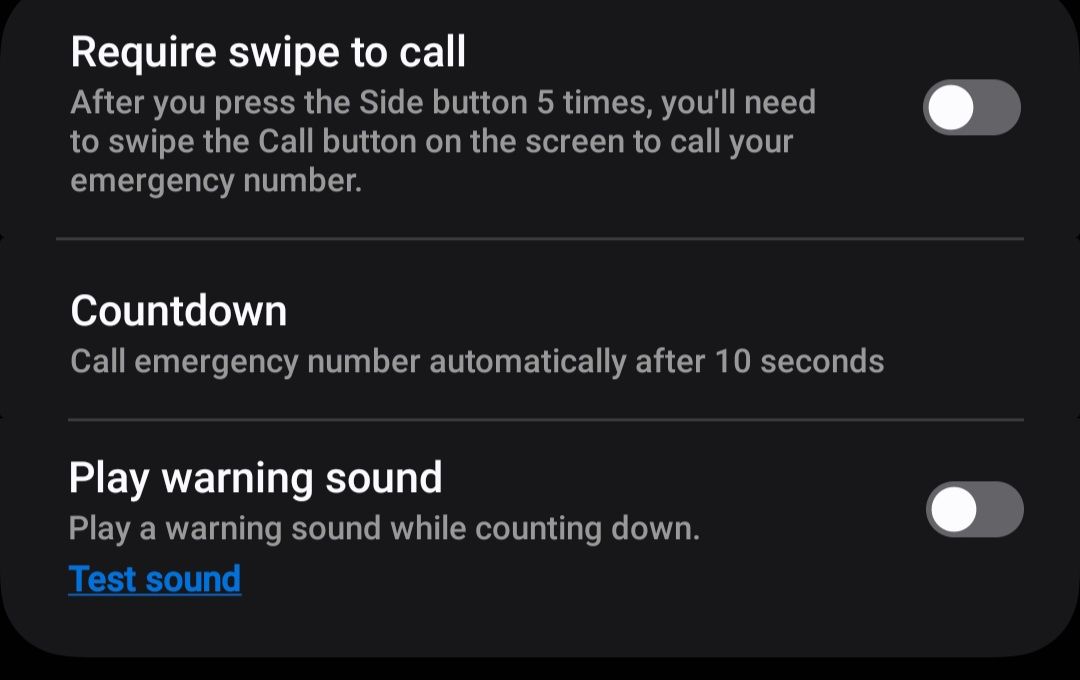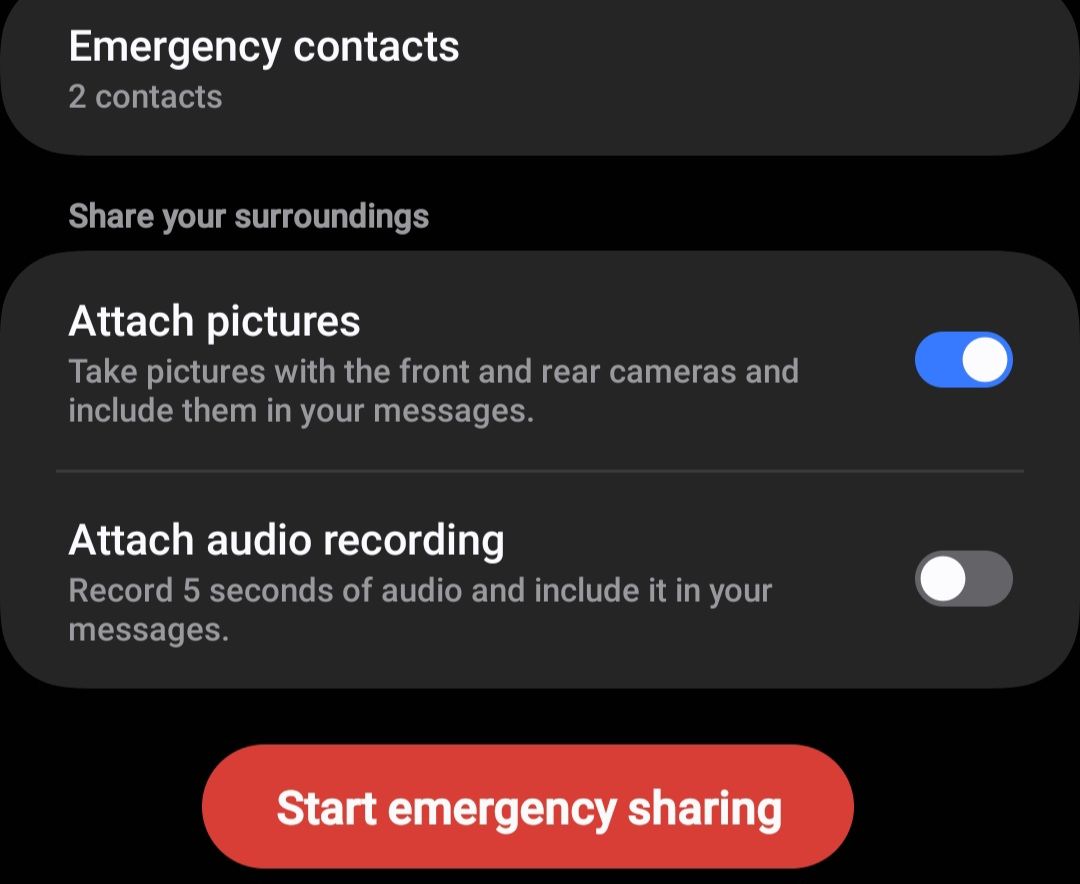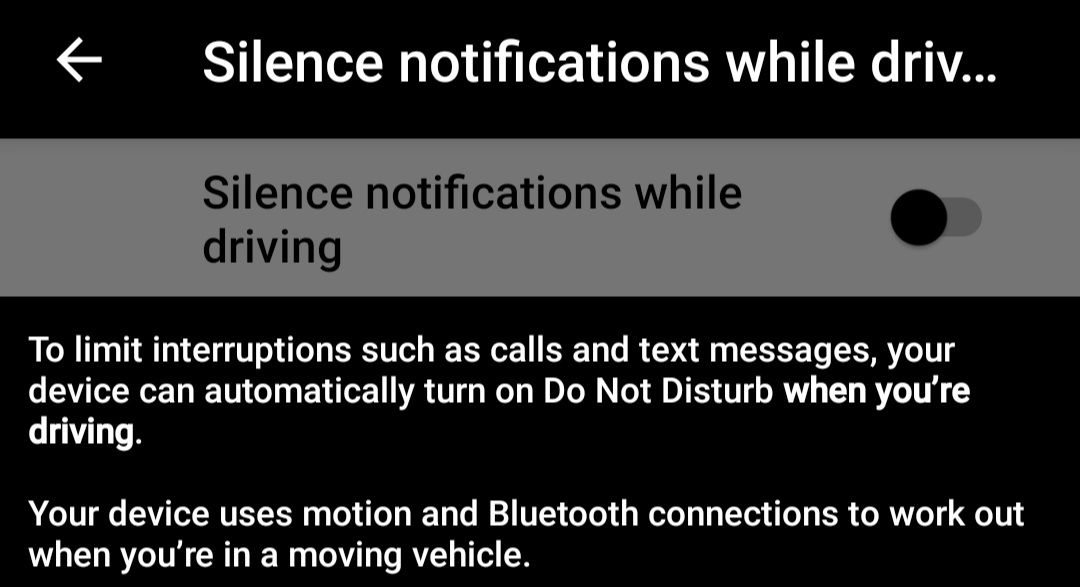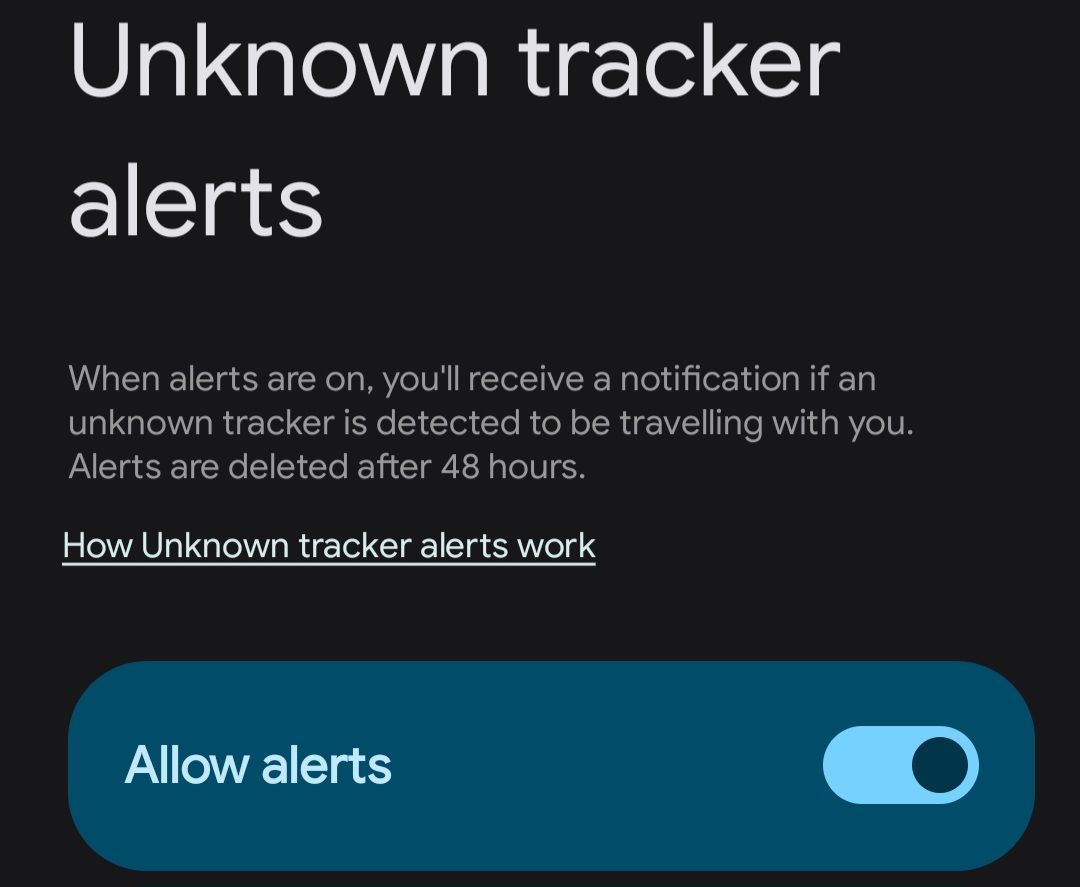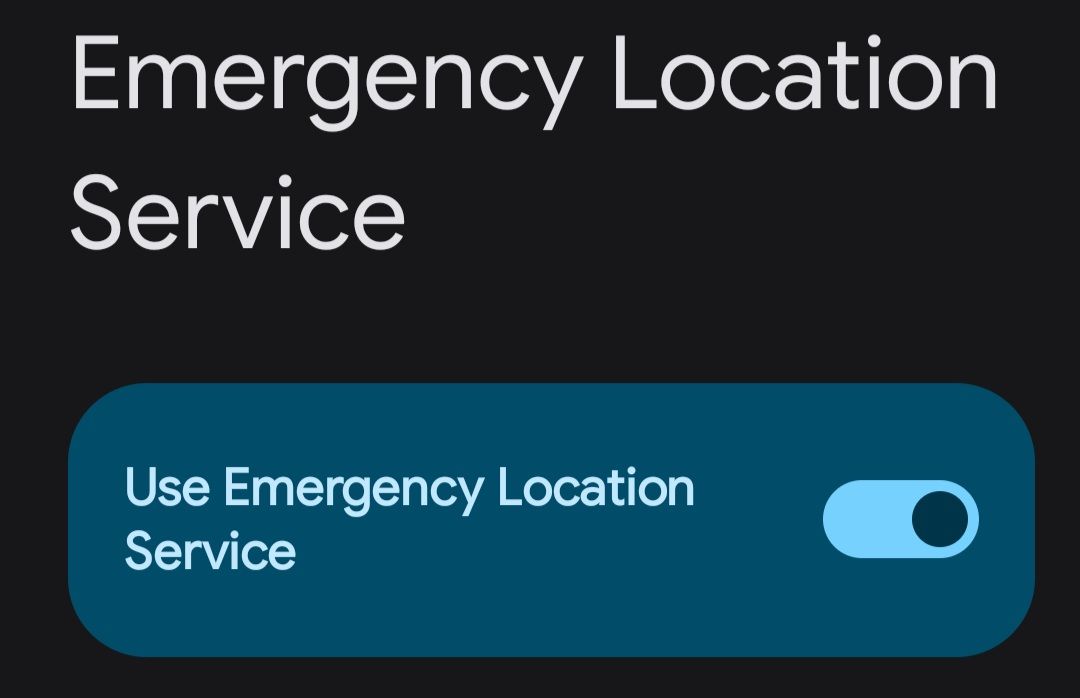Emergencies can happen without warning, so we have to be prepared beforehand. Most smartphones today include features that can literally save your life—you just need to set them up before an emergency occurs. If you own a Galaxy device, here are some emergency features you should properly configure.
1 Add Your Medical Information
Emergency responders have a better chance of saving your life if they know critical medical information about you, such as any medical conditions, allergies, blood type, or medications you’re taking. Samsung Galaxy phones allow you to add this information and display it on your lock screen. This way, others can access it without unlocking the device.
To add your medical information, go to Settings > Safety and Emergency > Medical Info. Here, enter your medical details and tap “Save.” Then, enable the “Show on Lock Screen” toggle. If you need to make updates, tap the pencil icon in the top-right corner, make your changes, and save them.
Now, in any emergency, anyone with your phone can access your medical information from the lock screen.
Imagine being in an emergency where no one can inform your loved ones because their contact numbers are locked behind your phone’s lock screen. To prevent this, Samsung Galaxy devices allow you to add emergency contacts whose phone numbers appear on the lock screen, enabling others to call them without unlocking your phone.
To add emergency contacts, open the Settings app on your phone and navigate to Safety and Emergency > Emergency Contacts. Then, tap on “Add Emergency Contacts,” select the trusted contacts you want to add as emergency contacts and tap “Done.” Make sure the “Show on Lock Screen” toggle is enabled.
What’s great is that when others call these contacts, they won’t see the phone numbers—only the contact names. This keeps your information secure when you’re not in an emergency.
3 Get Familiar With Emergency SOS
Emergency SOS allows you to quickly reach out to your loved ones in emergencies, even when you can’t physically access your phone to make a call. Once set up, this feature lets you call your emergency contact by pressing the power button five times—a simple action you can perform even with your phone in your pocket.
This feature turns on automatically when you add emergency contacts but requires a few adjustments. Go to Settings > Safety and Emergency > Emergency SOS. Turn off the toggle next to “Require Swipe to Call” so that the call is made after pressing the power button five times without needing a swipe. Also, turn off the toggle next to “Play Warning Sound.”
Now, whenever you press the power button five times, your emergency contact will receive a call and an SOS message with your location after a short delay (10 seconds by default).
4 Use Emergency Sharing Feature
If you prefer not to call an emergency contact using the Emergency SOS feature, you can send just your location and an SOS text via the Emergency Sharing feature. This feature also allows you to attach pictures and audio to your message. To use it, go to Settings > Safety and Emergency > Emergency Sharing, then tap on “Start Emergency Sharing,” and select “Start.”
To stop sharing your location, swipe on the status bar and tap “Stop Sharing” in the notifications drawer.
When you use Emergency SOS, Emergency Sharing automatically triggers. However, when used alone, your emergency contact won’t receive a call.
5 Silence Notifications While Driving
You should never use your phone while driving. To help prevent this, Samsung Galaxy devices automatically activate Do Not Disturb mode when they detect you’re in a moving vehicle and silence notifications. This feature uses motion and Bluetooth connections to determine if you’re driving and halts potentially life-threatening distractions from your phone.
To enable this feature, go to Settings > Safety and Emergency > Silence Notifications While Driving, and switch on the toggle.
6 Turn On Earthquake Alerts
Earthquakes can be life-threatening, but what if you could receive an alert as soon as one is detected near your location? Samsung’s Earthquake Alerts feature makes this possible. When enabled, you’ll receive a notification with details about the earthquake’s magnitude and its distance from you, allowing you to prepare in case the shock waves reach your area.
However, remember that this feature is only available in certain regions and will only alert you if the earthquake’s magnitude is over 4.5. Also, you may receive an alert after the shaking has already begun. Despite these limitations, you should keep this feature enabled. To turn it on, go to Settings > Safety and Emergency > Earthquake Alerts, and switch on the toggle.
7 Enable Unknown Tracker Alerts
If someone places a tracker in your travel bag, car, or pocket to monitor your movements without your knowledge, your Galaxy device will send you an unknown tracker alert. This feature notifies you of potential surveillance so you can stop others from tracking you. For this to work, Bluetooth and location services have to be enabled on your device.
You might receive an unknown tracker alert even if you’re carrying a device with a tracker or if someone traveling with you has one. Be aware of such false positives. To activate this feature, go to Settings > Safety and Emergency > Unknown Tracker Alerts, and switch on the toggle next to “Allow Alerts.” For more information, refer to the Android Help documentation.
8 Emergency Location Service
Locating people in emergencies has always been a challenge for emergency responders. However, if your phone supports Emergency Location Service (ELS), that’s no longer the case. When you call or text an emergency number, this feature sends your precise location to emergency services.
Unlike relying solely on GPS, ELS determines your location using a combination of GPS, cell networks, Wi-Fi, and sensor data, making it much easier to pinpoint your exact location. To ensure this feature is enabled, go to Settings > Safety and Emergency > Emergency Location Service and switch on the toggle.
9 Wireless Emergency Alerts
Wireless emergency alerts allow authorized senders to send critical messages to cell phones in a specific area. These alerts can include warnings about severe weather, terrorist threats, large-scale fires, or other emergencies that pose a significant risk to life and property. If a child goes missing in your area, you might receive an alert to help with their search.
The alerts provide information about the emergency and instructions on what to do next, so you should never turn off. To enable these wireless emergency alerts, go to Settings > Safety and Emergency > Wireless Emergency Alerts and turn on the toggles for the available alert options.
While some of these emergency features help protect your life and property, others enable others to help you if you fall unconscious in a public place. Given their importance, you should always keep these features enabled and properly configured. You never know what kind of emergency the unpredictable nature might throw your way.


